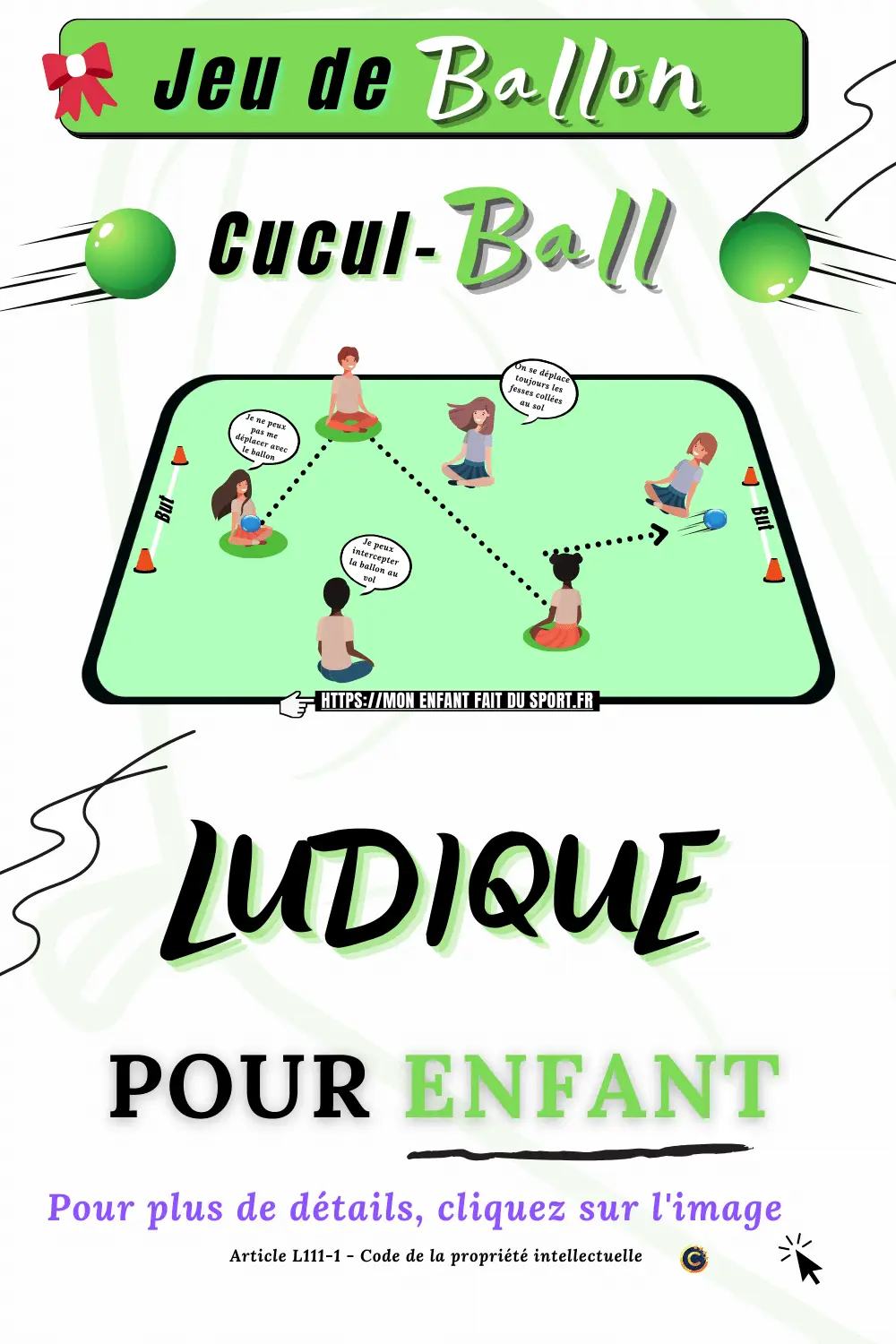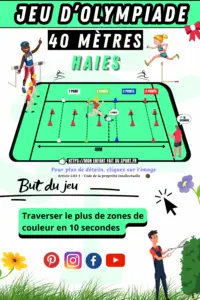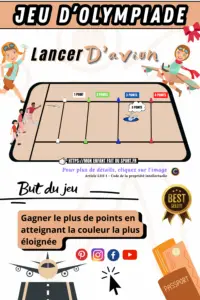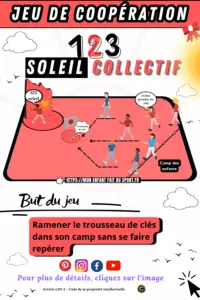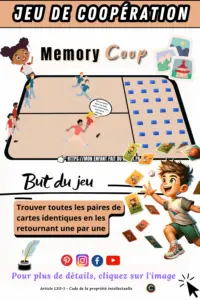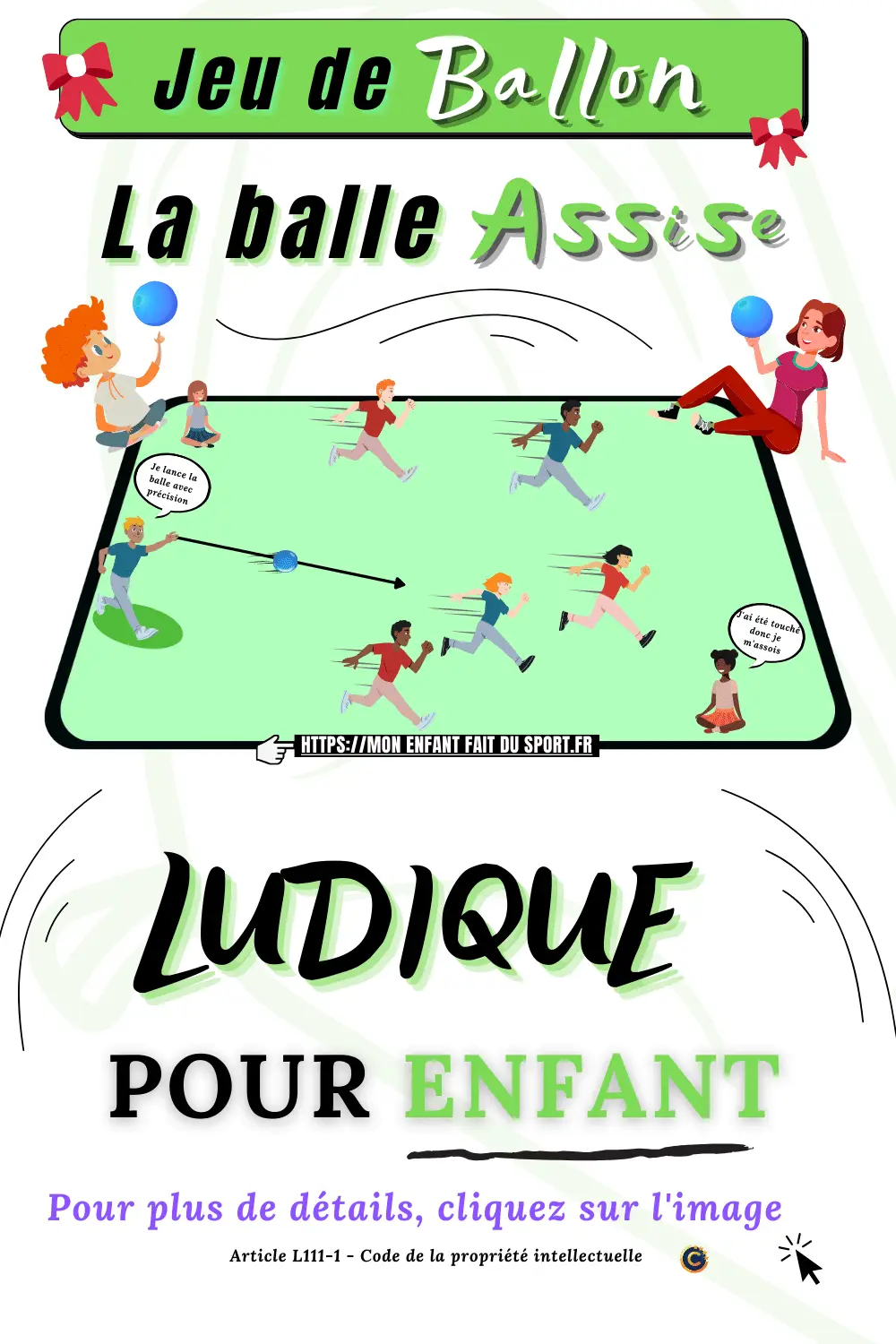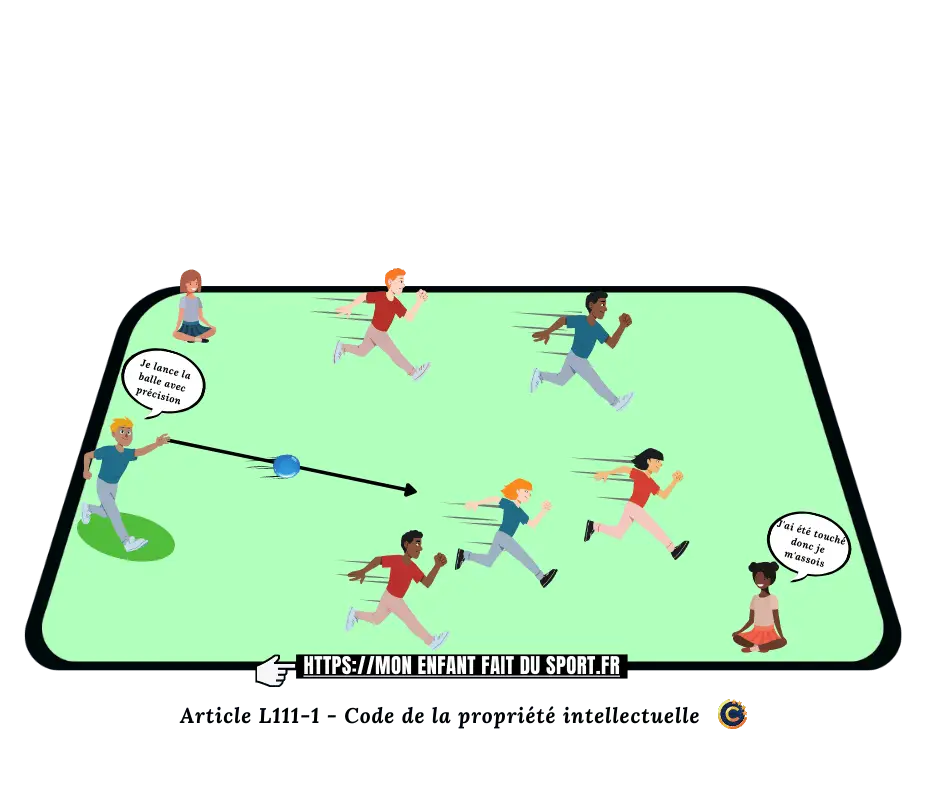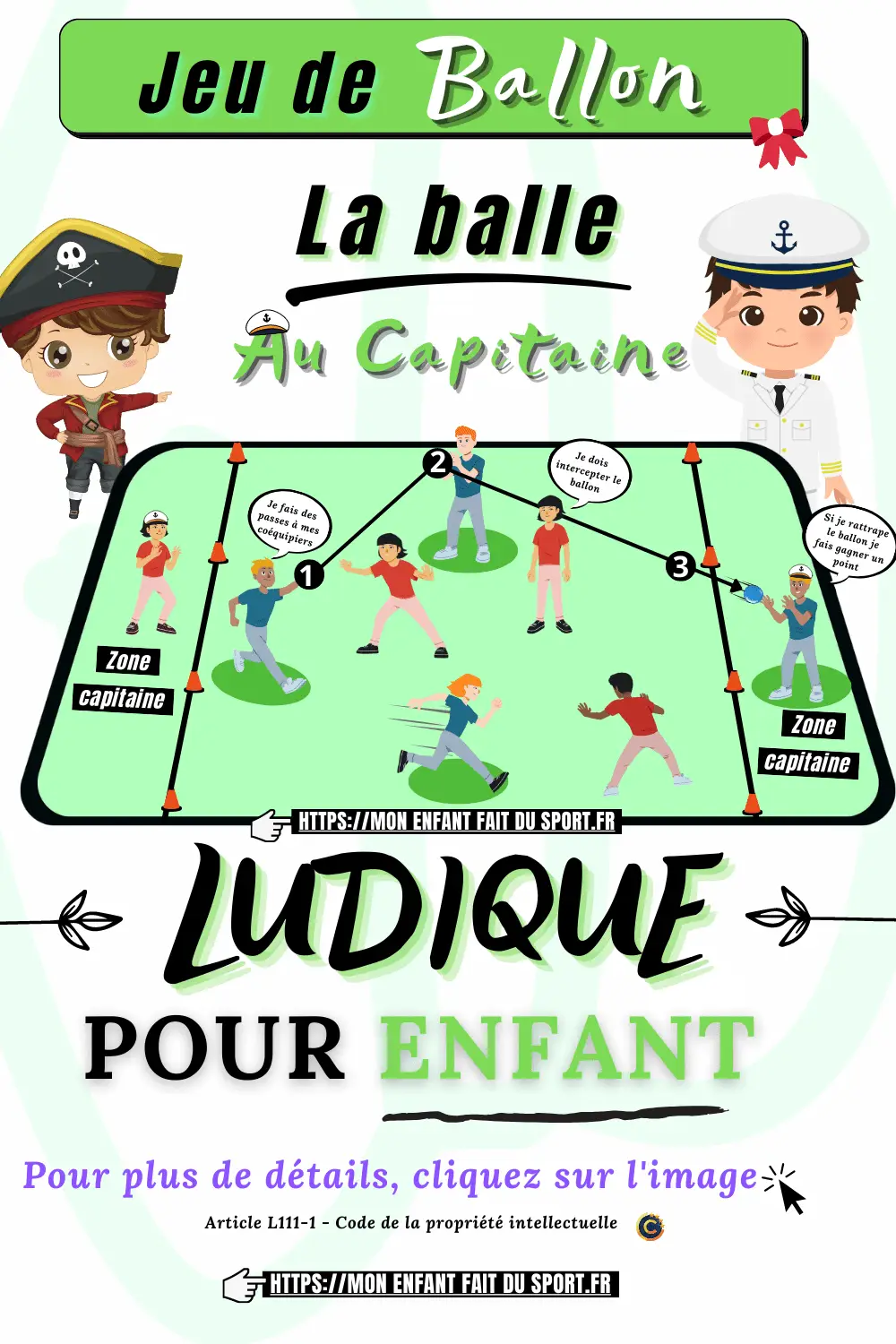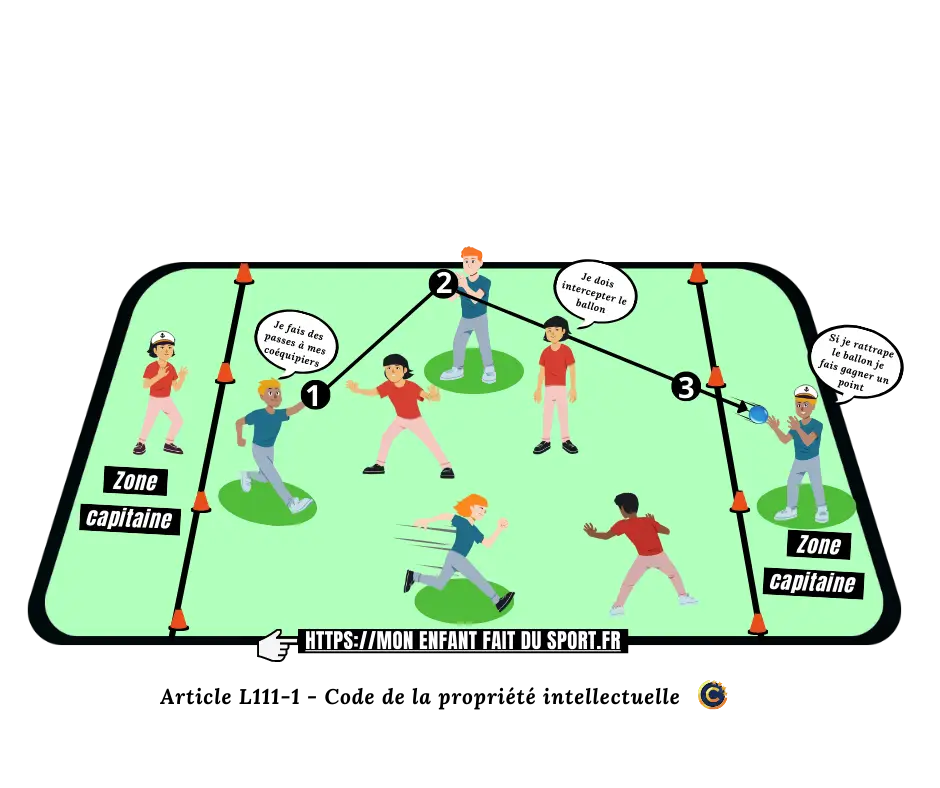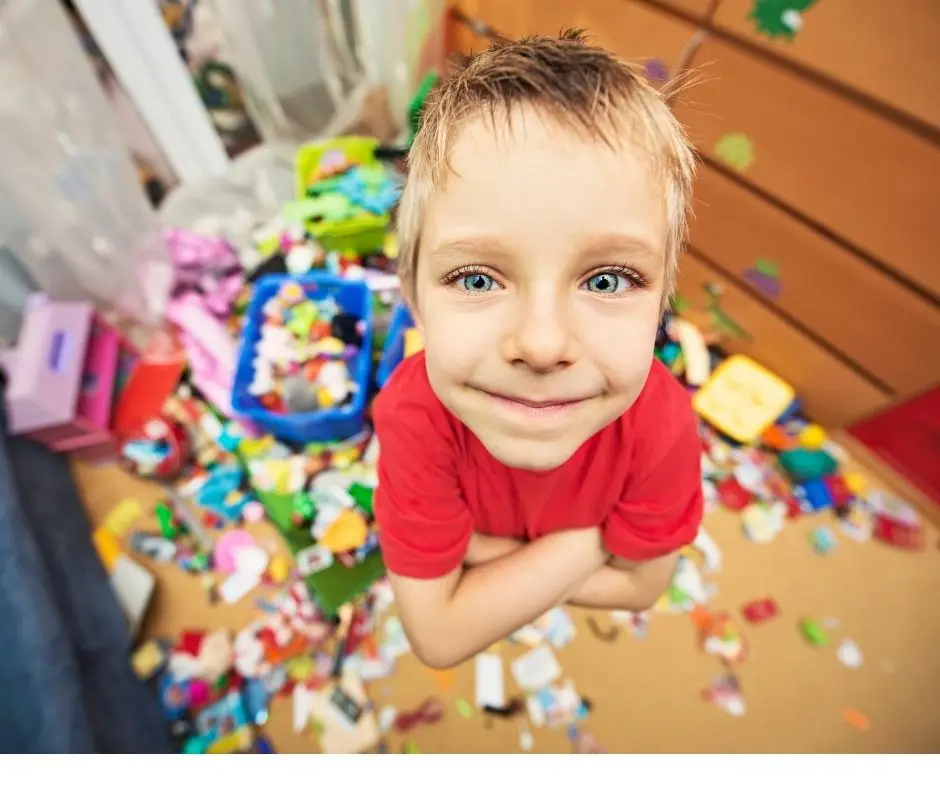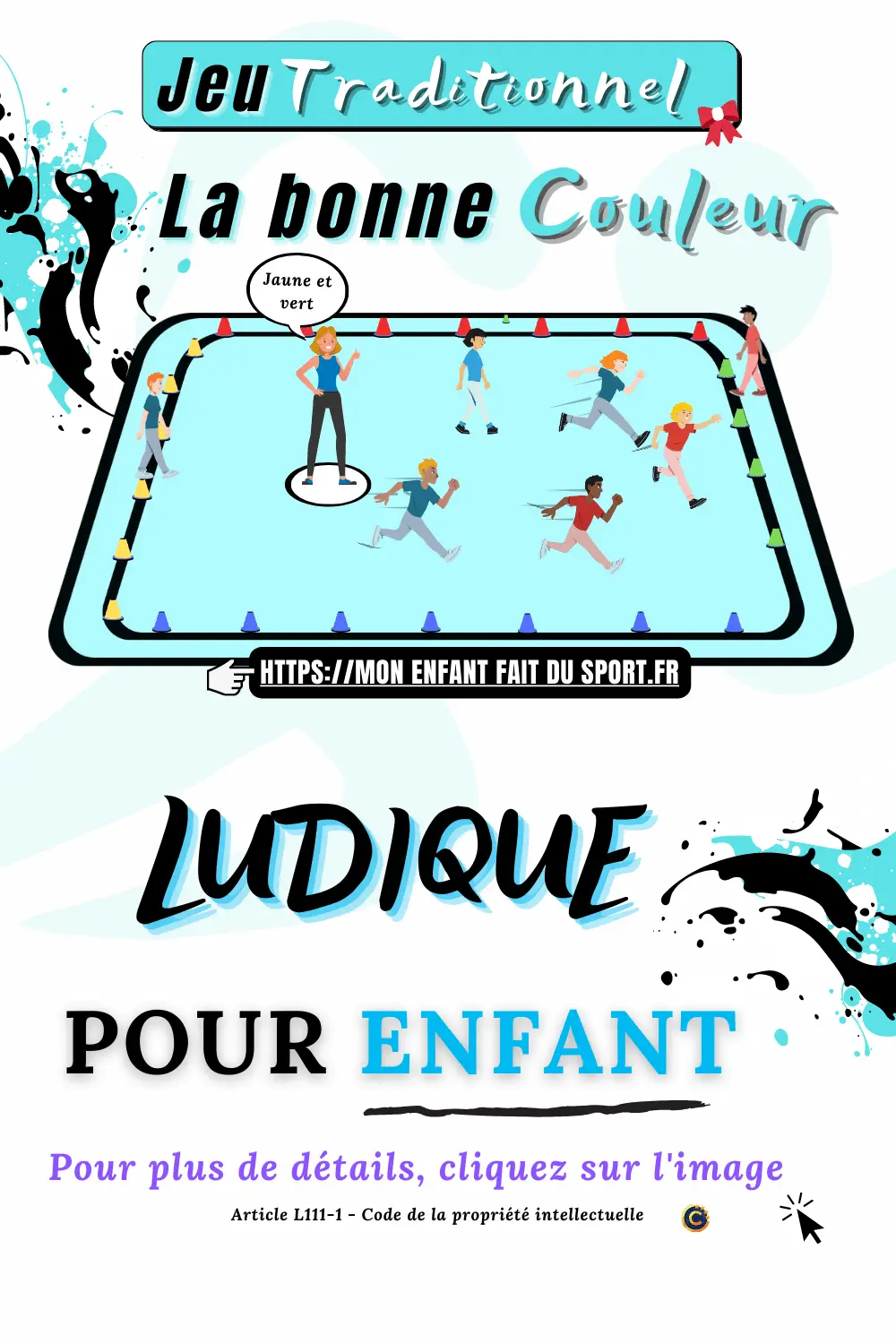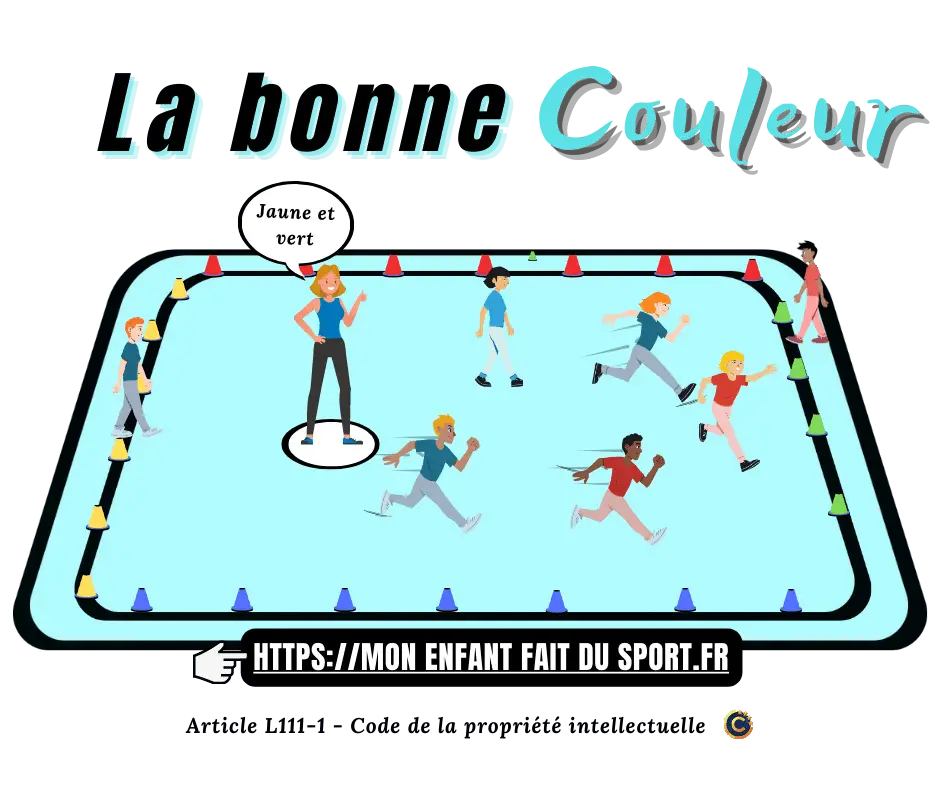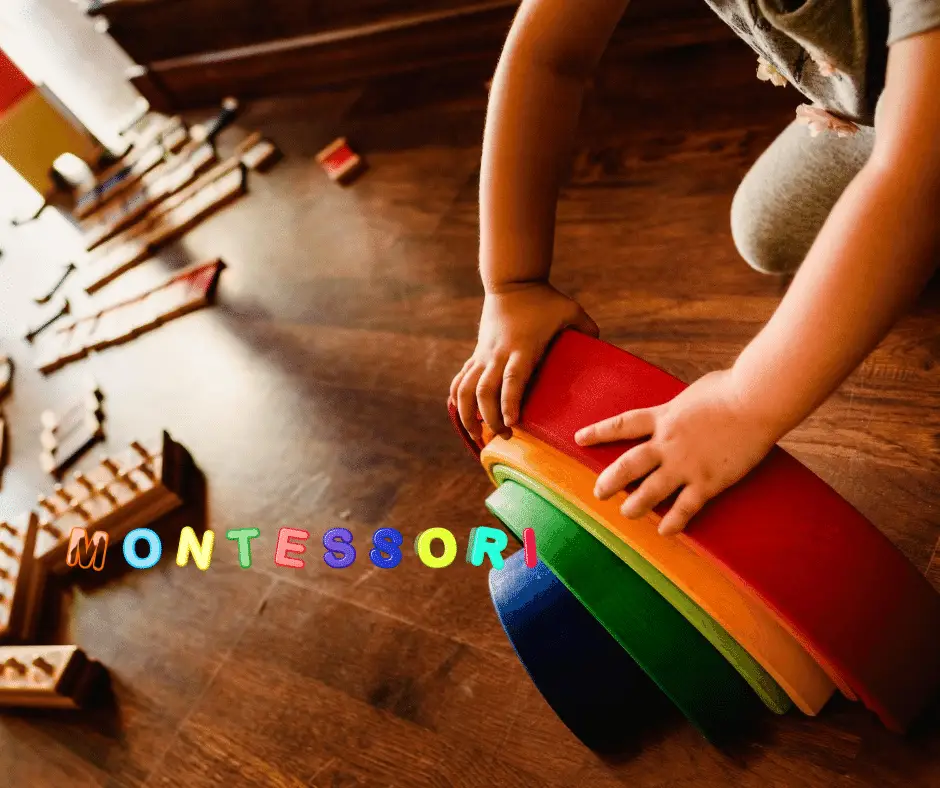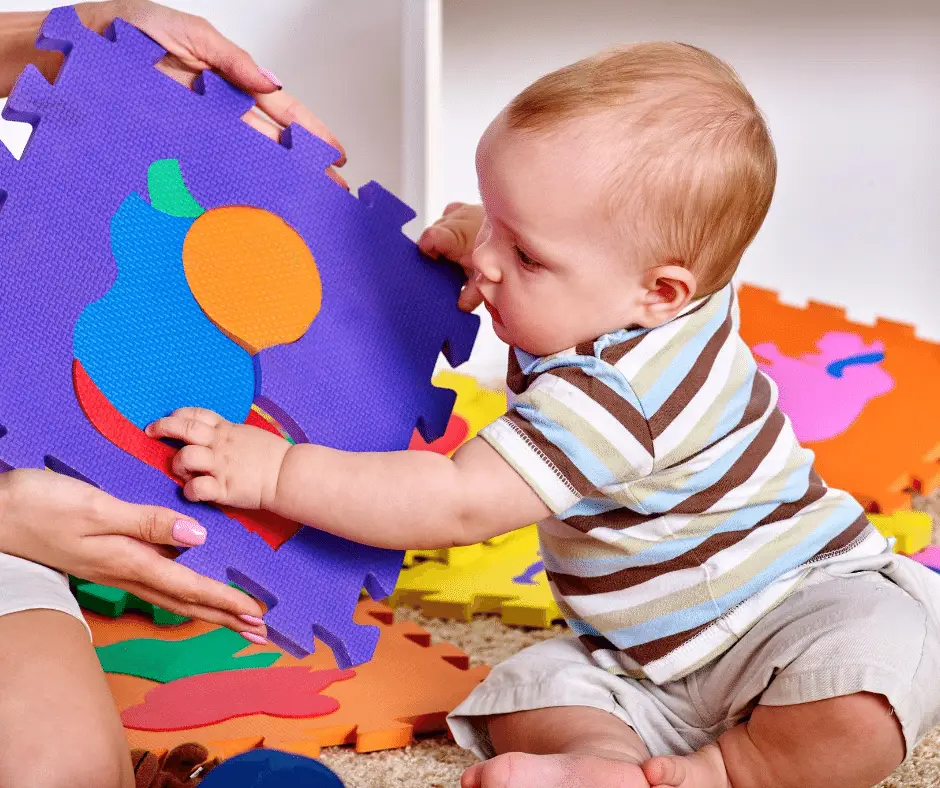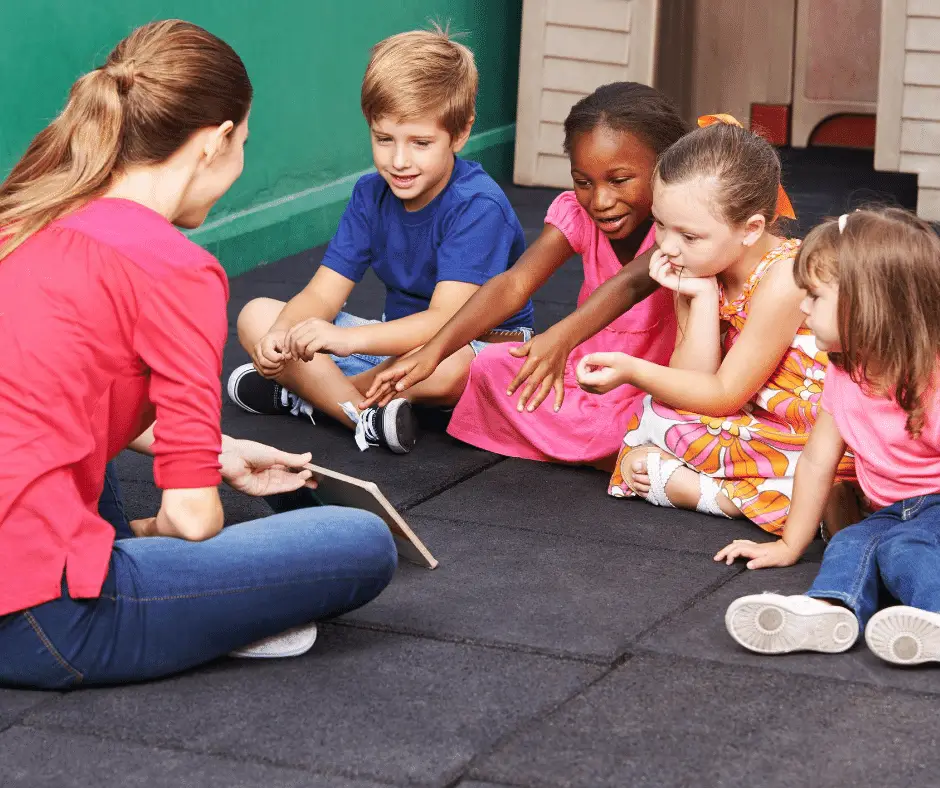Règle du Cul-culball
Assis sur les fesses - Passer- Lancer - Viser - Tirer - Ballon - Coordination - Stratégie - Équipe - Mouvement - Interception - Terrain - Buts - Coopération - Règles - Divertissement - Activité physique - Jeu collectif - Fair-play
Le cul-culball surnommé ainsi pour son originalité où les joueurs sont assis sur leurs fesses, est un jeu collectif qui combine amusement, stratégie et coopération. Adapté pour les enfants et même les adultes, ce jeu est une excellente activité pour l’échauffement avant une séance de sport, ou simplement pour passer un moment ludique et interactif.
Sa simplicité d’installation et son aspect divertissant en font un choix populaire dans les écoles, les centres de loisirs et même lors d’événements familiaux.
Find all the Mon enfant fait du sport files on Pinterest
Objectif du cul-culball
The aim is to develop :
- Renforcer la coordination et la communication entre les joueurs.
- Développer la stratégie d’équipe et la précision des passes et des tirs.
Raising your child's body temperature before a sports session helps prevent injury.
Organisation du Cul-culball
- 2 teams
- 1 balle en mousse ou en plastique
- Un terrain
Cul-culball rule
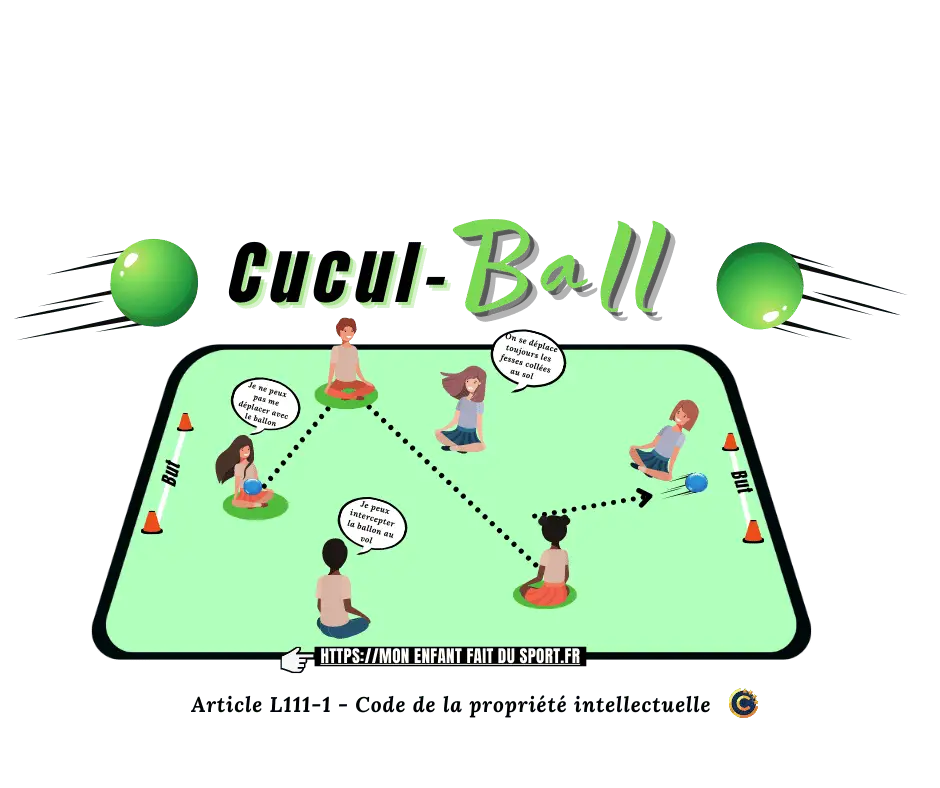
Pour célébrer la sortie de ce livre, j’offre une opportunité unique : les 5 premières fiches de jeux de ballon vous sont offertes gratuitement.
Pour profiter de cette offre exclusive, il vous suffit de :
- Suivre la page Instagram @jeux_enfants_sports
- Envoyer en message privé le mot-clé « Ballon « .
Le Cul-Culball : Un Jeu de Ballon Collectif
Le but du jeu ? Marquer plus de buts que l’équipe adverse.
Deux équipes s’affrontent, chacune assise face à l’autre. Le nombre de joueurs peut varier, mais il est recommandé d’avoir des équipes de taille égale pour équilibrer le jeu.
- Les déplacements sont autorisés uniquement sans le ballon. L’interception s’effectue uniquement sur passe.
Au « TOP DÉPART », le ballon est lancé aléatoirement dans la zone de jeu.
Les joueurs devront se faire des passes pour essayer de marquer un but dans l’équipe adverse.
Consignes :
- Faire des passes pour faire avancer le ballon.
- Tirer dans la tête est interdit.
- Il est interdit de se déplacer avec le ballon.
- Il est interdit de se lever pendant la phase de jeu.
Variants :
- Il est possible de se déplacer avec le ballon en main.
- Un nombre minimum de passes est requis avant de tirer.
Other games :
Also worth discovering:
Tools for improvement :
Your daily life and your children's learning while having fun
Find all the Mon enfant fait du sport files on Pinterest
